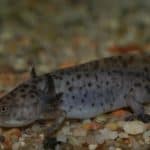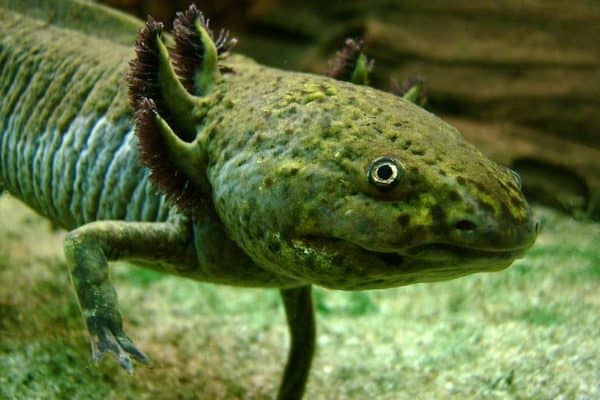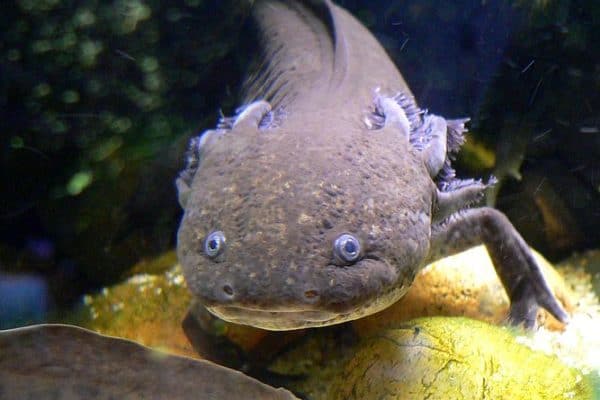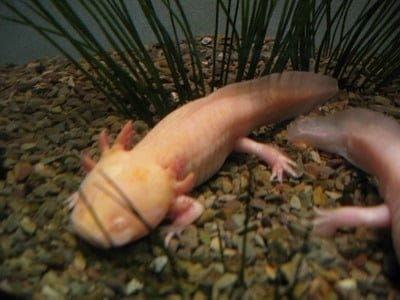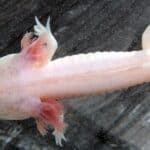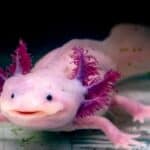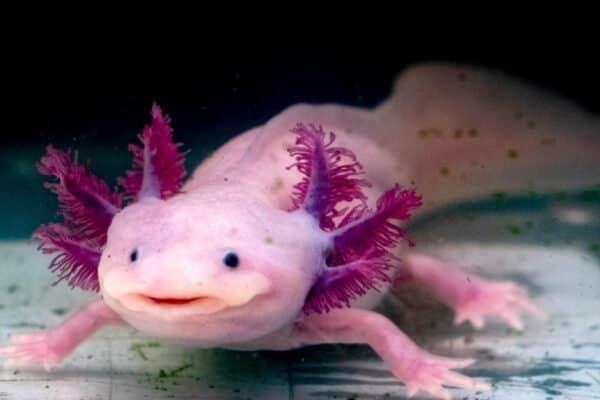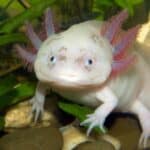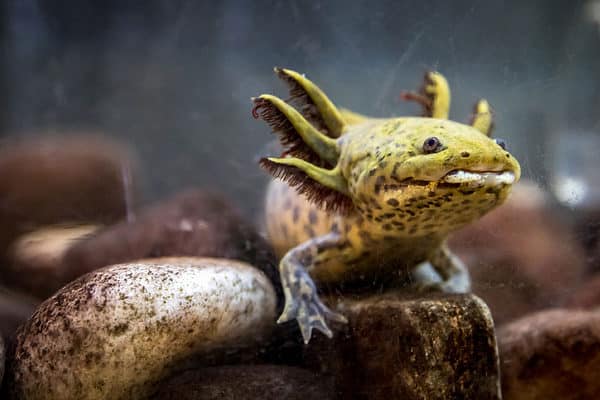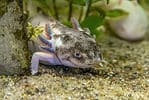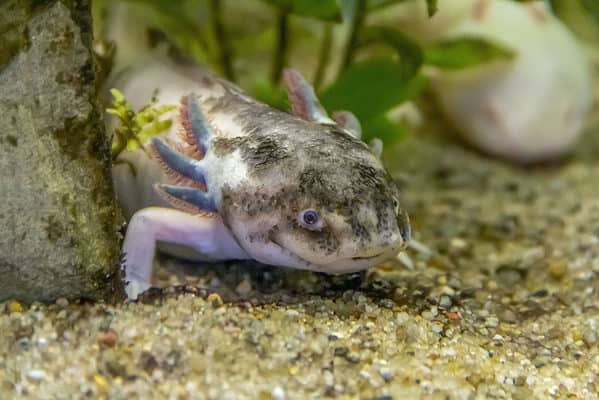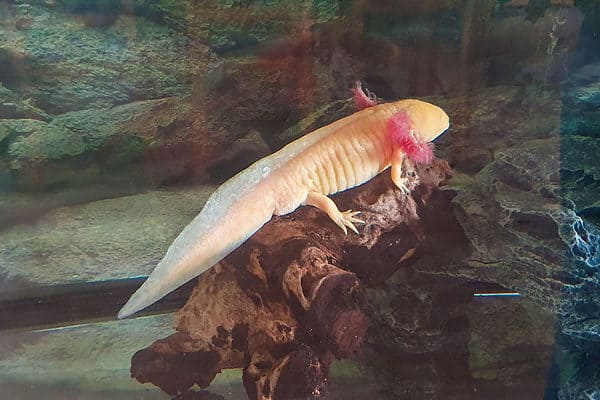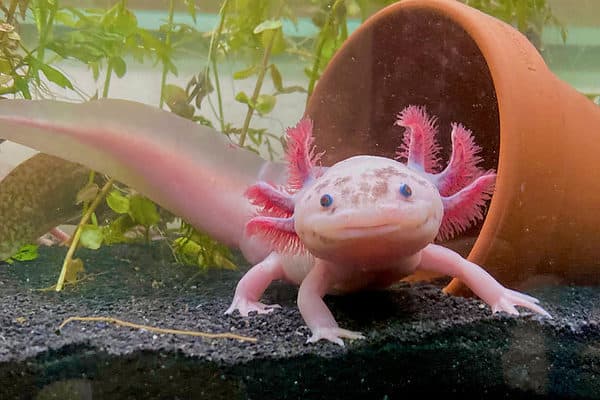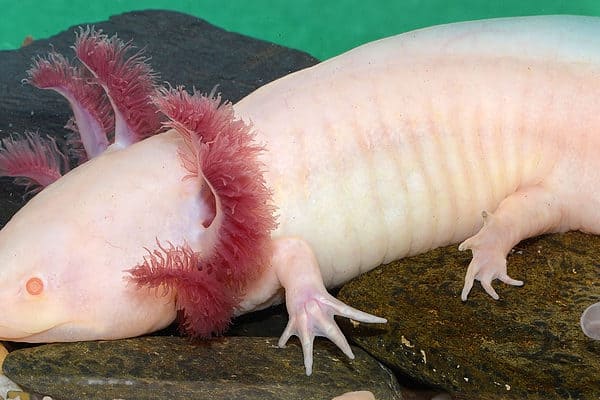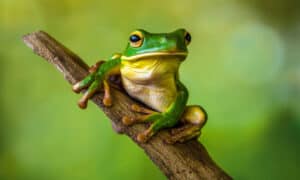Are you fascinated by the unique and mysterious Axolotl? Do you know all there is to know about these aquatic creatures or are you just beginning to learn about them?
Axolotls are a type of salamander that never fully develop into adults and instead remain in their larval form for their entire lives. These strange creatures have captivated the attention of scientists and animal lovers alike for their regenerative abilities and unique physical features, including the ability to regrow lost limbs.
So, whether you’re an Axolotl expert or just starting to learn about these amazing creatures, take the quiz and see how much you really know about Axolotl!
Five Cool Facts About Axolotl
The Axolotl is a fascinating creature that has captured the hearts and imaginations of animal lovers and scientists alike.
Here are five cool facts about the Axolotl that you may not know:
- Regeneration Abilities: Axolotls have an amazing ability to regenerate their limbs, spinal cord, heart, and even parts of their brain. This ability makes them a valuable subject for scientific research, as they can potentially provide insights into regenerative medicine.
- Larval Form: Axolotls remain in their larval form for their entire lives and do not undergo metamorphosis into adulthood. This means that they retain their external gills and aquatic lifestyle, making them unique among amphibians.
- Cannibalistic Tendencies: Axolotls are known to be cannibalistic and will eat smaller individuals of their own kind. This behavior is thought to be a response to overcrowding and competition for resources.
- Color Variations: Axolotls come in a variety of colors, including black, white, gold, and even pink. These colors are not just for show, as they can also be used as a form of camouflage in their natural habitat.
- Endangered Status: The Axolotl is listed as critically endangered by the International Union for Conservation of Nature (IUCN) due to habitat destruction, pollution, and overfishing. Efforts are being made to protect and conserve this unique species, including captive breeding programs and habitat restoration initiatives.
These are just a few of the many interesting facts about the Axolotl.
Appearance and Behavior
The Axolotl, also known as the Mexican salamander, is a unique and fascinating aquatic creature that has captivated the attention of scientists and pet owners alike. Its distinctive appearance and behavior make it an intriguing subject for study, and it is also a popular pet due to its relatively low maintenance requirements.
One of the most striking features of the Axolotl is its external gills, which protrude from the sides of its head like feathery fronds. These gills, which are used for breathing, are a defining characteristic of the Axolotl and set it apart from other amphibians. In addition to its gills, the Axolotl also has a long, slender body and four stubby legs with delicate toes. Its skin is smooth and rubbery, and its color can range from pale pink to dark brown or black.
The behavior of the Axolotl is equally fascinating. Unlike most amphibians, which undergo metamorphosis from a larval stage to an adult form, the Axolotl remains in its larval form throughout its life. This phenomenon, known as neoteny, allows the Axolotl to retain its external gills and other juvenile characteristics into adulthood.
Lifespan and Life Cycle
Axolotls, also known as Mexican salamanders, have a relatively long lifespan for an amphibian. They typically live for 10-15 years in the wild, and up to 20 years in captivity if provided with proper care.
Axolotls reproduce through external fertilization, with males releasing sperm into the water and females laying their eggs. The eggs are then fertilized and develop into larvae, which hatch after approximately 10-14 days. The larvae are fully aquatic and resemble miniature versions of the adult Axolotl, complete with external gills and a long, slender body.
As the larvae grow and mature, they undergo a process known as metamorphosis, during which they develop lungs and limbs and transition from their fully aquatic larval form to an adult form that can survive on land.
Axolotls are capable of reproducing at around 1-2 years of age, although they can reach sexual maturity as early as 6-12 months if conditions are favorable. As they age, Axolotls may become less fertile and less capable of regenerating lost tissue. However, with proper care and attention, Axolotls can live long, healthy lives, making them fascinating and rewarding pets for those willing to take on the responsibility.



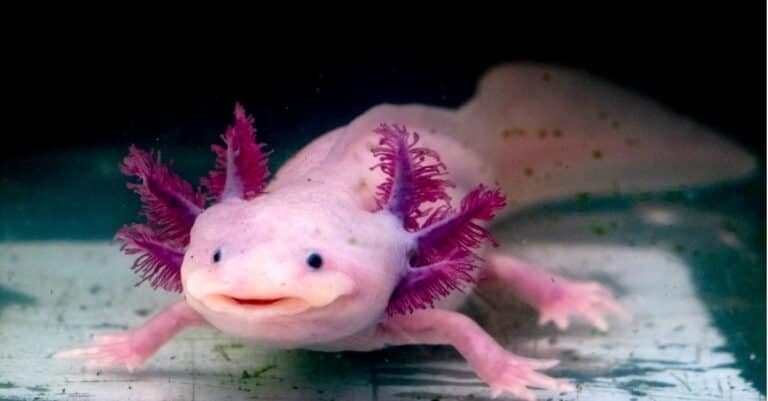
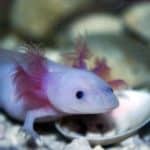
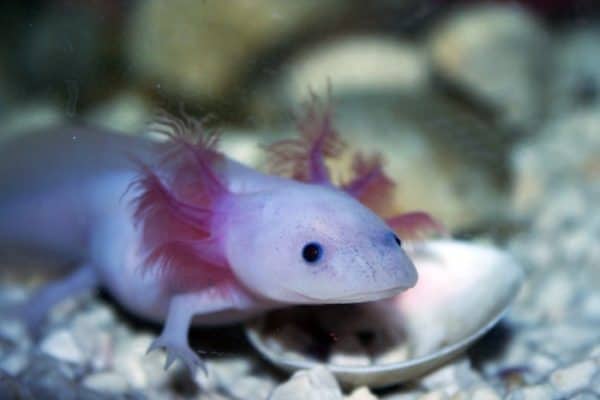
 Orizatriz, CC BY-SA 3.0, via Wikimedia Commons
Orizatriz, CC BY-SA 3.0, via Wikimedia Commons